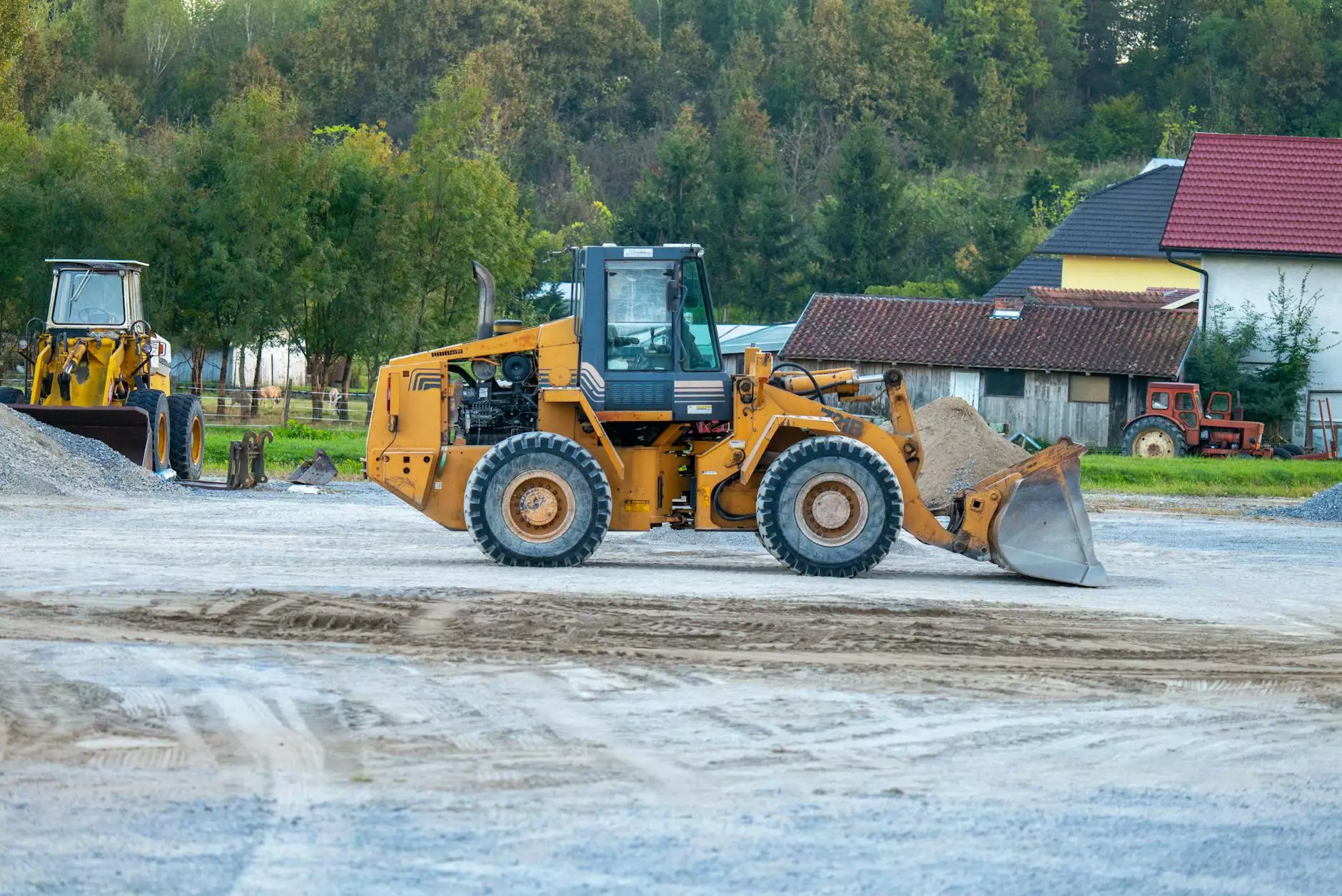Understanding the Role of Distributed Antenna System Integrators in Modern Telecommunications

In the contemporary landscape of telecommunications, the demand for robust, reliable, and high-speed connections has never been greater. With the surge in mobile data usage and the advent of technologies such as 5G, businesses are increasingly turning to distributed antenna system integrators to meet their connectivity needs. This article delves deep into the vital role that these integrators play, the technology behind distributed antenna systems (DAS), and how they contribute to a seamless communication experience.
What is a Distributed Antenna System (DAS)?
A distributed antenna system, commonly referred to as DAS, is an arrangement of spatially separated antenna nodes connected to a common source. This system works to enhance the overall network coverage, especially in areas where traditional cellular setups might struggle, such as indoor environments, stadiums, and urban canyons.
The Technology Behind DAS
The technology behind distributed antenna systems involves multiple antennas placed throughout a geographical area, with each antenna distributing the cellular signal or other radio frequencies uniformly. DAS can operate through various methods such as:
- Active DAS
- Passive DAS
- Hybrid DAS
Utilizes network equipment to amplify the signal, ensuring enhanced coverage and capacity.
Involves the use of passive components that do not require power, making it a cost-effective solution for enhancing signal strength.
A combination of both active and passive components, providing flexibility and scalability based on the location and requirements.
Importance of Distributed Antenna System Integrators
The role of distributed antenna system integrators is crucial in the implementation and optimization of DAS technology. They ensure that businesses can achieve:
- Increased Coverage: DAS extends the range of cellular signals, covering areas that would otherwise experience weak or no connectivity.
- Improved Reliability: The redundancy built into DAS provides a more dependable network connection, reducing downtime and service interruptions.
- Enhanced User Experience: By leveraging DAS, users enjoy higher data speeds and better quality of service, which is critical in today’s connected world.
Key Benefits of Partnering with Distributed Antenna System Integrators
Businesses looking to enhance their telecommunications infrastructure can reap significant benefits by partnering with expert distributed antenna system integrators. Some of the key advantages include:
1. Customized Solutions
Every business environment is unique, and distributed antenna system integrators excel in offering tailored solutions that meet specific needs. They conduct comprehensive site surveys and assessments, ensuring the proposed DAS solution aligns perfectly with the operational requirements and user traffic.
2. Expertise and Experience
Integrators bring a wealth of knowledge and experience to the table. Their expertise ensures that the DAS is designed, installed, and maintained following best practices and industry standards, maximizing performance and uptime.
3. Scalability
As businesses grow, their connectivity needs evolve. Integrators design scalable DAS solutions that can be expanded easily, allowing companies to accommodate future growth without substantial overhauls of existing infrastructure.
4. Streamlined Installation and Maintenance
Working with skilled integrators minimizes disruption during installation and ensures that any maintenance required is handled swiftly and professionally, reducing downtime and keeping operations running smoothly.
Challenges Addressed by Distributed Antenna System Integrators
In the realm of telecommunications, several challenges can impede effective connectivity. Distributed antenna system integrators tackle these issues head-on, including:
Network Congestion
High traffic volumes can severely impact network performance. DAS mitigates this by distributing the load across multiple antennas, thereby enhancing capacity and reducing congestion.
Geographical Constraints
In densely populated urban areas or sprawling facilities, geographical features can obstruct cellular signals. DAS overcomes this limitation by providing localized coverage, ensuring that every corner of a venue has access to a strong signal.
Indoor Coverage Issues
Buildings often cause signal degradation due to their materials and structural designs. DAS offers a reliable solution for indoor coverage, ensuring that occupants enjoy consistent connectivity regardless of their locations within a building.
Choosing the Right Distributed Antenna System Integrator
When selecting a distributed antenna system integrator, several factors should be taken into account to ensure a successful partnership:
1. Industry Experience
Look for integrators with substantial experience in telecommunications and DAS implementation. A proven track record signifies reliability and expertise.
2. Client References
Evaluate potential partners by asking for references or case studies. Understanding previous work helps gauge their capability in addressing similar challenges.
3. Technology Partnerships
Leading integrators often have partnerships with technology manufacturers. These alliances can provide access to the latest technologies and solutions in the market.
4. Comprehensive Service Offerings
Choose integrators who offer end-to-end services, from initial consultation and design to installation and ongoing maintenance.
Future of Telecommunications with DAS
As we move deeper into the era of digital transformation, the relevance of distributed antenna systems cannot be overstated. With the rollout of 5G technology and the increased reliance on fast mobile data, the need for effective DAS solutions will only intensify.
1. The Rise of 5G
The fifth-generation mobile technology promises faster speeds, lower latency, and enhanced connectivity for devices. DAS will play a pivotal role in facilitating the seamless integration of 5G networks in urban centers and large-scale venues.
2. IoT and Smart Buildings
As the Internet of Things (IoT) continues to proliferate, more devices will rely on robust wireless connectivity. Distributed antenna systems provide the necessary infrastructure for smart buildings that can efficiently manage energy, security, and connectivity through interconnected devices.
3. Increased Demand for Bandwidth
As consumer demand for high-bandwidth applications grows, DAS will serve as a critical enabler, ensuring that users have access to the necessary network capacity to support streaming, gaming, and other data-intensive activities.
Conclusion
In conclusion, distributed antenna system integrators are essential partners in the telecommunications landscape. Their expertise in designing, implementing, and maintaining DAS solutions allows businesses to overcome connectivity challenges and enhance their operational capabilities. With the constant evolution of technology and increasing connectivity demands, the importance of these integrators will only continue to grow. Selecting the right partner can lead to significant improvements in performance, user experience, and overall business efficiency.
For businesses seeking to strengthen their telecommunications infrastructure, look no further than teleco.com. With unparalleled expertise in telecommunications, IT services, and computer repair, TeleCo is poised to be your go-to partner for all your connectivity needs.









